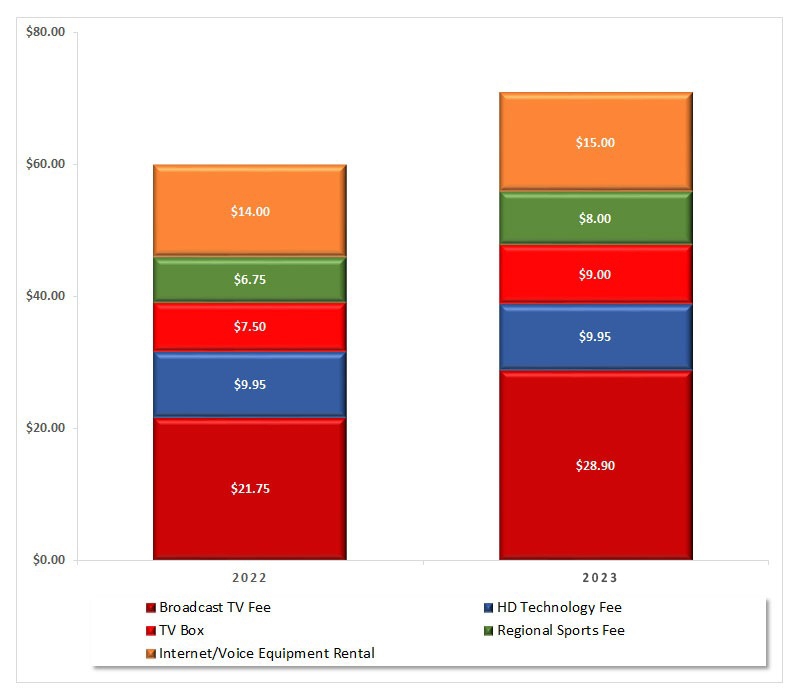Forbes Article Worth Reading
Here is an excerpt from Toni Fitzgerald’s article on the Forbes website. Click here to read the whole article.
Why Cord Cutting Doubled In 2018 And 10 Million Have Left Since 2012
Cord cutting, or the phenomenon of people abandoning their traditional cable and satellite TV subscriptions, has become an industry obsession over the past few years, and understandably so.
Every quarter when the subscriber numbers are released, it becomes more and more clear that cord cutting is a real trend and not just a fluke, as people thought a few years ago.
The latest report suggests it’s getting faster, too. A study by Leichtman Research Group finds that almost twice the number of people left pay-TV providers in 2018 vs. 2017.
Video subscribers declined by 2.9 million last year, Leichtman finds, compared to 1.5 million in 2017. Overall, about 3 percent of pay TV subscribers left last year.
Since 2012, pay TV has lost 10 million subscribers. That’s a significant number for an industry that depends on subscriptions to make money.
The “why” behind the cord cutting is a combination of many factors that reflect signs of the times.
Over-the-top networks such as Hulu, Netflix, Amazon and a slew of competitors offer high-quality television (and even repeat many of the shows you can find on traditional TV, albeit a few months later). These OTTs cost about a tenth of the average monthly cable bill of $107.
TV is no longer time-sensitive; people complain of spoilers years after a show’s series finale aired on broadcast or cable. Viewers are content to catch buzzy programs long after their friends watched them.





